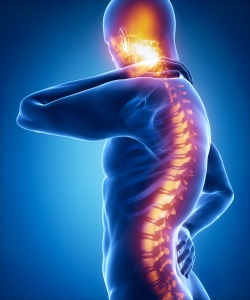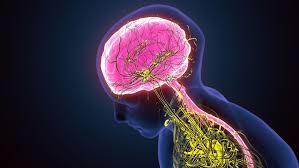Parkinson’s disease is crucial for the measurement of healthcare for several reasons:
- Early Detection and Diagnosis: Parkinson’s disease is a progressive neurological disorder that worsens over time. By understanding its causes and effects, healthcare providers can recognize early signs and symptoms, leading to earlier detection and diagnosis. Timely diagnosis allows for the initiation of appropriate treatment strategies and interventions, potentially slowing down disease progression and improving outcomes.

- Tailored Treatment Plans: Parkinson’s disease affects individuals differently, and the specific causes and effects can vary from person to person. By comprehending the underlying mechanisms and the range of potential effects, healthcare professionals can develop personalized treatment plans that address each patient’s unique needs. This tailored approach improves the chances of symptom control, functional improvement, and overall quality of life.
- Disease Management and Prognosis: Parkinson’s disease is a chronic condition that requires long-term management. Understanding the causes and effects helps healthcare providers monitor disease progression, assess the impact on various bodily functions, and predict potential complications. This knowledge enables better planning for future care needs, including adjustments in medication, therapy, and support services.
- Research and Development: In-depth knowledge of the causes and effects of Parkinson’s disease is essential for ongoing research and development of new treatment modalities. It provides researchers with insights into potential targets for therapeutic interventions and helps guide the discovery of innovative approaches to slow down or halt disease progression. Furthermore, understanding the causes can contribute to identifying potential risk factors, preventive strategies, and avenues for early intervention.
- Resource Allocation and Public Health Planning: Parkinson’s disease poses a significant burden on healthcare systems and society as a whole. By understanding its causes and effects, policymakers and healthcare administrators can allocate resources effectively to address the specific needs of individuals with Parkinson’s disease. This includes funding research, training healthcare professionals, and ensuring access to appropriate care and support services.
- Patient Education and Empowerment: Knowledge about the causes and effects of Parkinson’s disease empowers patients and their caregivers. It enables them to better understand the condition, anticipate potential challenges, and actively participate in treatment decision-making. Educating patients about the disease also promotes self-management, adherence to treatment plans, and the adoption of healthy lifestyle choices, which can positively impact their overall well-being.

Understanding the causes and effects of Parkinson’s disease is vital for the measurement of healthcare. It facilitates early detection, personalized treatment plans, effective disease management, research advancements, resource allocation, and patient empowerment. By continuously expanding our knowledge, healthcare systems can improve the quality of care and outcomes for individuals living with Parkinson’s disease.

















